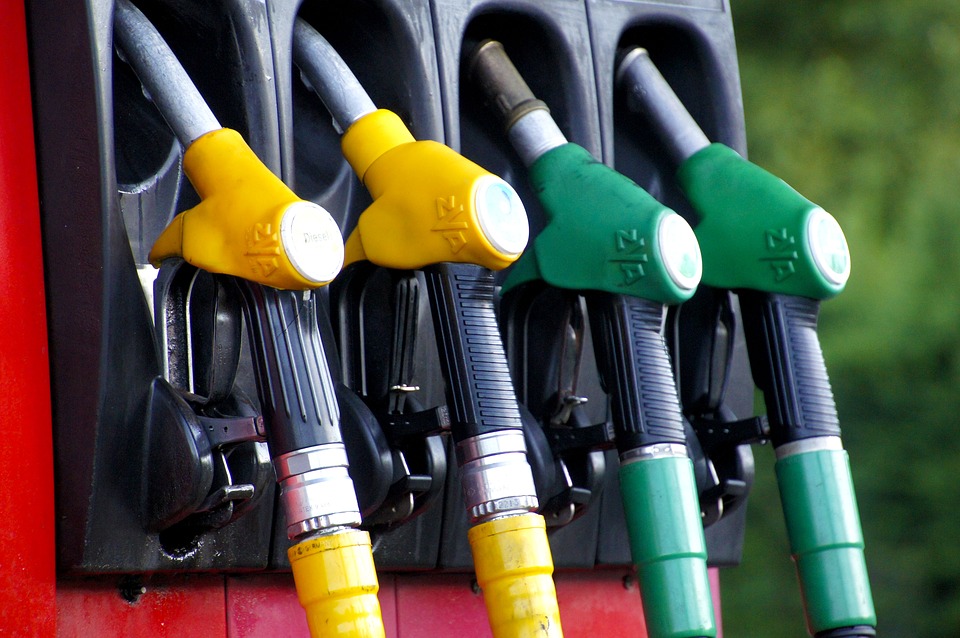The Environmental Protection Agency (EPA) is the government body that sets standards for the fuel economy labels or window stickers of new cars and light trucks in the market. The fuel economy label is used as the basis of the Fuel Economy Guide issued annually by the US Department of Energy, and by the US Department of Transportation in the preparation of its Corporate Average Fuel Economy program. The Internal Revenue Service also uses the same data for the collection of the Gas Guzzler Taxes.

The fuel economy data is obtained from the vehicle testing conducted by EPA at its National Vehicle and Fuel Emissions Laboratory in Ann Arbor, Michigan, and from the data submitted to EPA by vehicle manufacturers.
Fuel Economy Label
The fuel economy label or window sticker found on every new car or light truck shows the miles-per-gallon estimate that will help consumers decide which vehicle to buy. In 2006, EPA revised the fuel economy test methods to include the per gallon estimate for city and highway driving. Starting with year 2008 vehicle models, the test methods to determine the fuel economy values were updated to accurately reflect the different driving conditions.
National Program for Greenhouse Gas Emissions
The Environmental Protection Agency and the National Highway Traffic Safety Administration (NHTSA) developed the national program for greenhouse gas emissions and the fuel economy standards to be applied to cars and light trucks in two phases: first phase for the model years 2012 to 2016, and second phase for the model years 2017 to 2025.
The national program for greenhouse emissions and the fuel economy standards are expected to result in an industry level of 163 grams per mile of carbon dioxide emission by the 2025 model year, an equivalent of 54.5 miles per gallon achieved exclusively from improvements in fuel economy.
Benefits
Improving fuel efficiency and emission standards aim to achieve the following benefits:
- Cut down by 6 billion metric tons the greenhouse gas over the lifetimes of vehicles for the model years 2012 to 2025
- More than $1.7 trillion in fuel costs for the car owners
- Reduce by more than 2 million barrels of oil the consumption of the American consumers
The new fuel efficiency standard for cars and light trucks will not only improve fuel efficiency and cut carbon pollution, they are also expected to reduce the effects of climate change while improving energy security and encouraging innovations in the vehicle manufacturing sector.
